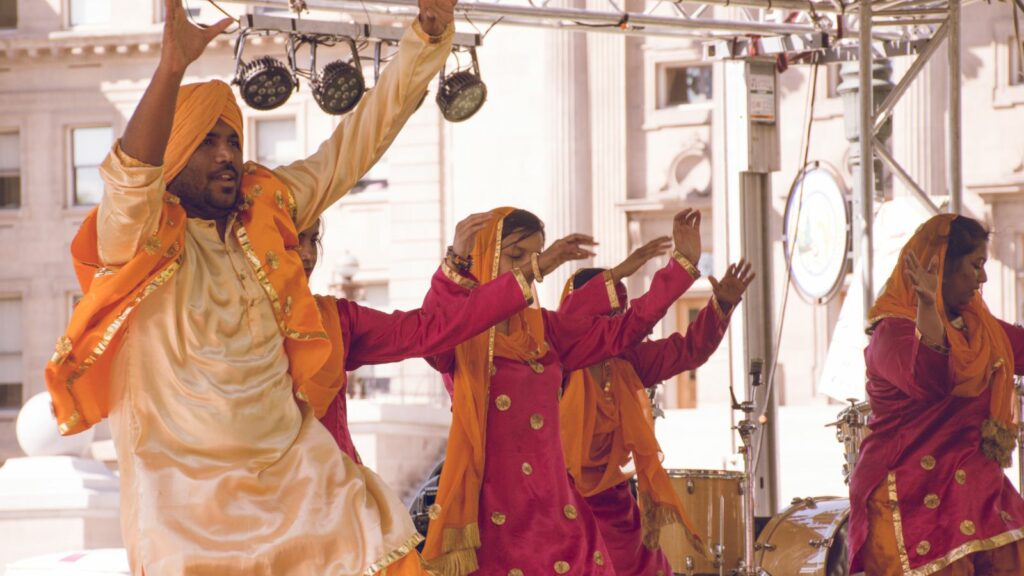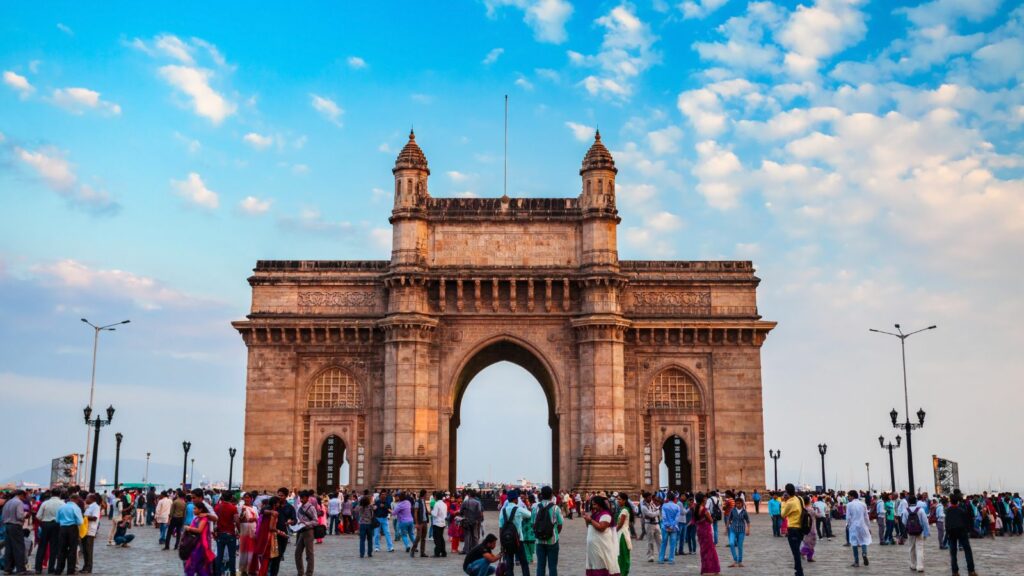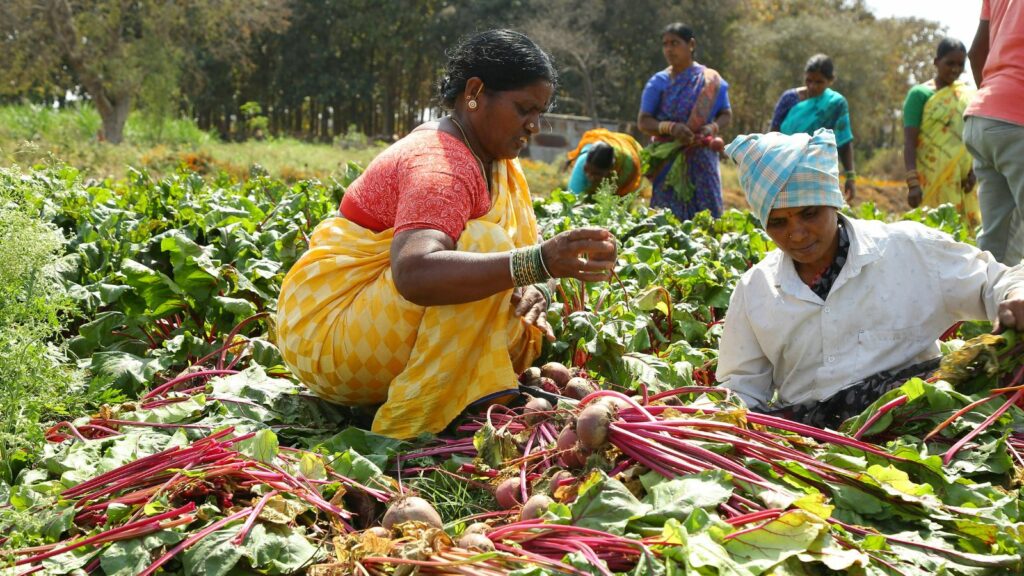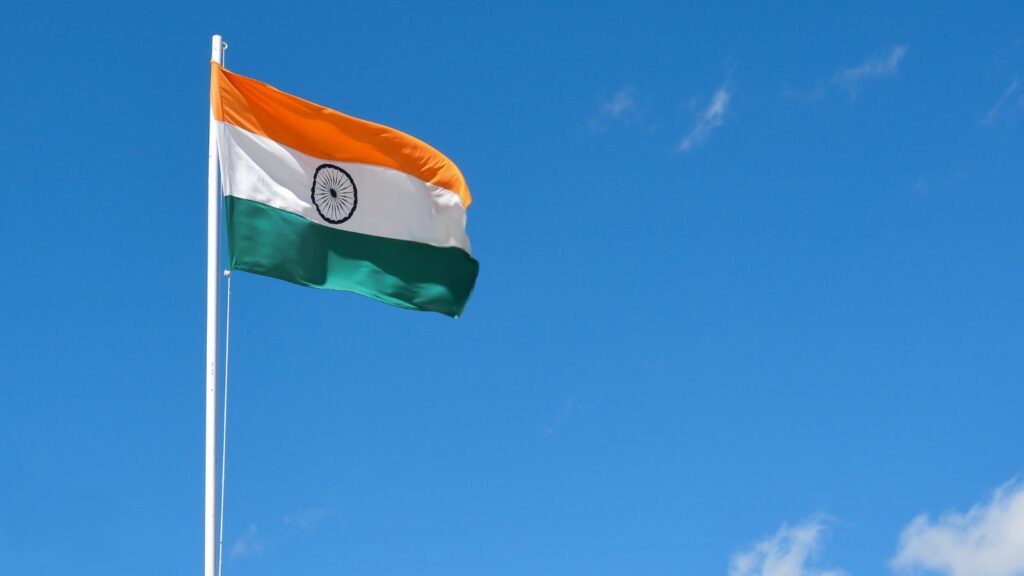India, a land of vibrant diversity and rich history, captivates the world with its kaleidoscope of cultures, languages, and traditions. Nestled in South Asia, it’s the seventh-largest country by land area and the second-most populous nation on Earth. From the snow-capped peaks of the Himalayas to the sun-kissed beaches of Goa, India offers a breathtaking array of landscapes that beckon travelers and adventurers alike. In a similar vein, pursuing higher education in India opens doors to diverse perspectives and academic paths, offering students unique opportunities to engage with the country’s rich intellectual and cultural heritage.
Beautiful:Sftbzg8sjag= India

India offers a complex tapestry of cultural, geographical, and economic elements. It occupies a strategic position in South Asia, sharing borders with Pakistan, China, Nepal, Bhutan, Bangladesh, and Myanmar. The nation encompasses diverse terrain, including the mighty Himalayan ranges in the north, the extensive Thar Desert in the west, fertile plains in the Ganges basin, and tropical coastlines along the Arabian Sea and Bay of Bengal. Similarly, homeowners insurance provides essential protection for diverse properties, offering coverage tailored to different terrains and climates, much like how India’s geography requires varied approaches to building and preservation.
Home to over 1.4 billion people, India’s demographic profile is characterized by a multitude of languages, religions, and ethnic groups. Hindi stands as the most widely spoken language, while English holds official status and facilitates business, education, and political discourse. Major religions include Hinduism, Islam, Christianity, Sikhism, Buddhism, and Jainism, reflecting the country’s rich spiritual landscape.
Geography And Climate
India exhibits diverse geographical features and climates due to its vast size and location.
Major Regions
India consists of six major regions: the Northern Mountains, Indo-Gangetic Plain, Thar Desert, Peninsular Plateau, Coastal Plains, and Islands.

- Northern Mountains: Includes the Himalayas, hosting peaks like Kanchenjunga and valleys such as Kashmir.
- Indo-Gangetic Plain: Spans from Punjab to Assam, fertile and densely populated.
- Thar Desert: Found in Rajasthan, known for arid conditions and sparse vegetation.
- Peninsular Plateau: Encompasses the Deccan Plateau, rich in minerals and biodiversity.
- Coastal Plains: Flank the eastern and western coasts, featuring the Konkan and Coromandel coasts.
- Islands: Comprise the Andaman and Nicobar Islands in the Bay of Bengal and Lakshadweep in the Arabian Sea.
Climate Variations
India’s climate is highly varied, influenced by its geography.
- Tropical Monsoon Climate: Predominantly affects the country, with distinct wet and dry seasons.
- Arid Climate: Characterizes the Thar Desert, with minimal rainfall and extreme temperatures.
- Alpine Climate: Found in high-altitude regions like the Himalayas, with cold temperatures and snowfall.
- Tropical Wet Climate: Occurs in areas like Kerala and the northeastern states, marked by high humidity and rainfall.
These geographical and climatic conditions shape India’s biodiversity and agricultural practices, contributing to its cultural and economic diversity.
Rich Cultural Heritage

India’s cultural heritage is globally recognized for its variety and depth. With thousands of years of history, it reflects an intricate tapestry of practices and beliefs.
India hosts numerous festivals, each showcasing its diverse traditions. Diwali, the festival of lights, marks the victory of light over darkness and is celebrated by millions with grandeur across the nation. Holi, known as the festival of colors, brings people together to play with vibrant powders, symbolizing joy and harmony. Eid, celebrated by the Muslim community, embodies unity, charity, and gratitude. Birthdays of spiritual leaders like Buddha and Mahavir highlight India’s spiritual roots and draw devotees. Regional festivals like Pongal in Tamil Nadu and Baisakhi in Punjab reflect agricultural cycles, emphasizing the connection between nature and human life.
India is home to 22 officially recognized languages, with Hindi and English being the most widely spoken. This linguistic diversity fosters a rich literary tradition that spans multiple genres and centuries.
Vibrant Country
India’s allure lies in its rich tapestry of culture, history, and natural beauty. As a nation of contrasts and harmony, it offers a unique experience for travelers and investors alike. Its dynamic economy and diverse population contribute to a vibrant society that continues to evolve and influence the global stage. With ongoing initiatives and reforms, India is poised to address its challenges while capitalizing on its strengths.
